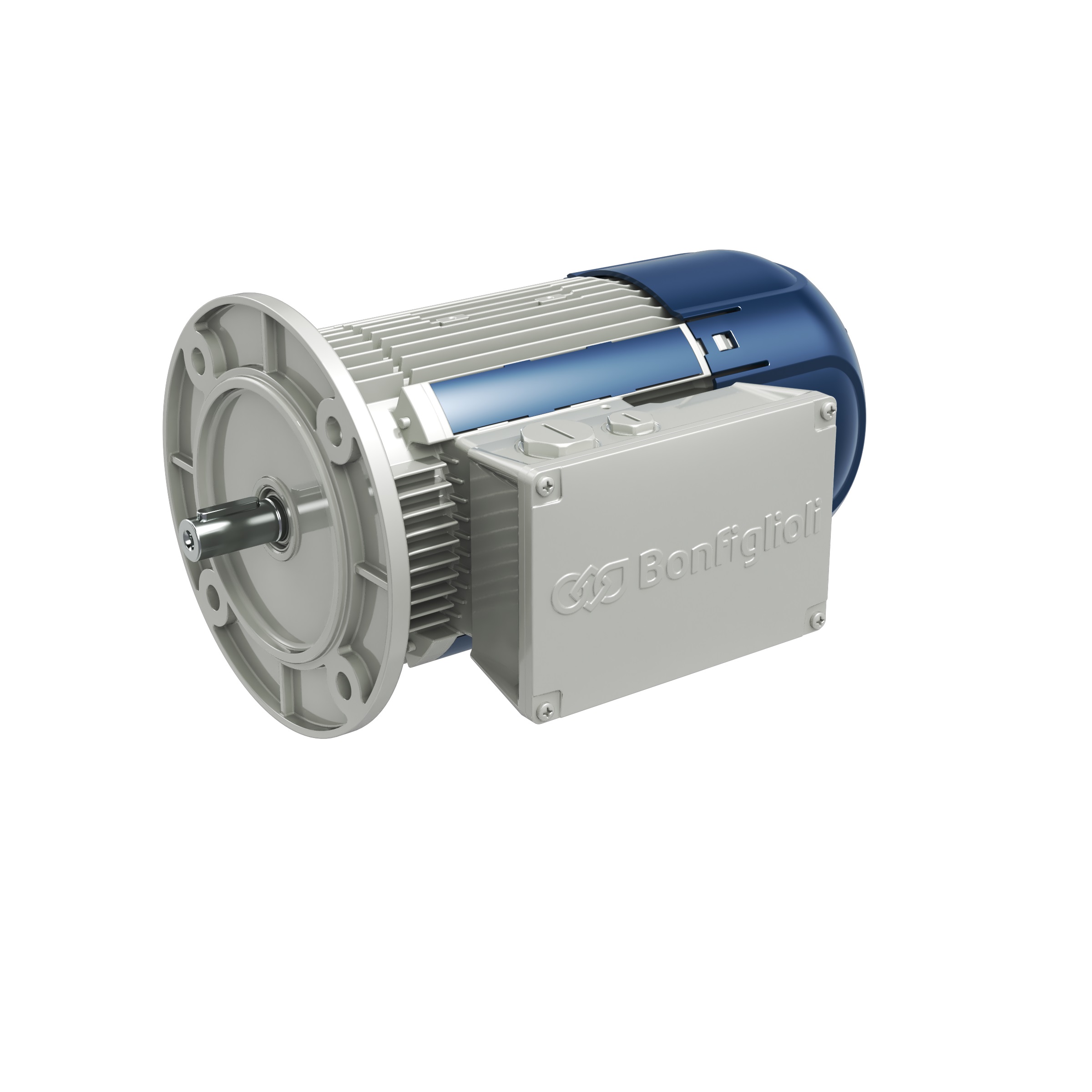How to select the best drive for the job
Markets
Solutions
Search on site
Through maintenance and configuration
The gearmotor or drive unit is at the heart of industrial automation applications, enabling the transmission of power required to lift, convey or mix. Gearmotor failure can result in significant business losses, says Eric Fourie, Engineering Manager, Bonfiglioli Australia. Failure, however, is preventable with the proper configuration and maintenance of gearmotor drives.
“When a drive is incorrectly specified or configured, you will not get the expected performance from the installation and equipment,” says Eric.


Eric explains that customers often attempt to select and configure drives themselves, without considering a number of critical factors. These include the drive size, the lifecycle and duty of the drive, the operating environment, maintenance requirements, instrumentation and monitoring, as well as the safety requirements.
“When a drive is incorrectly specified or configured, the customer will not get the expected performance from the installation and equipment,” explains Eric.
His recommendation to customers seeking best results is to follow this process:
1) Evaluate the application and the duty of the drive unit to understand how long the drive will be in service. Keep in mind that correct sizing is important in ensuring equipment longevity and operational efficiency.
2) Analyse the layout and arrangement required. In particular, take note of the location and position of the motor, relative to the output shaft.
3) Consider which drive connection will yield best results (there are various options, each with different pros and cons).
4) Finally, Eric says that it’s important to consult a specialist who has the expertise to guide the selection of the best-suited unit for the application. “Having insight into layout, application duty and how the drive will be connected to the equipment goes a long way in finding the right drive for the application.”